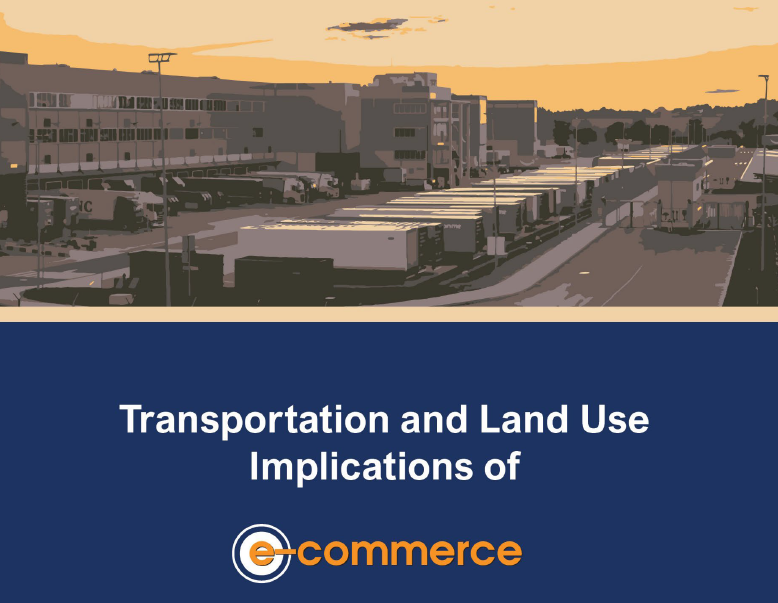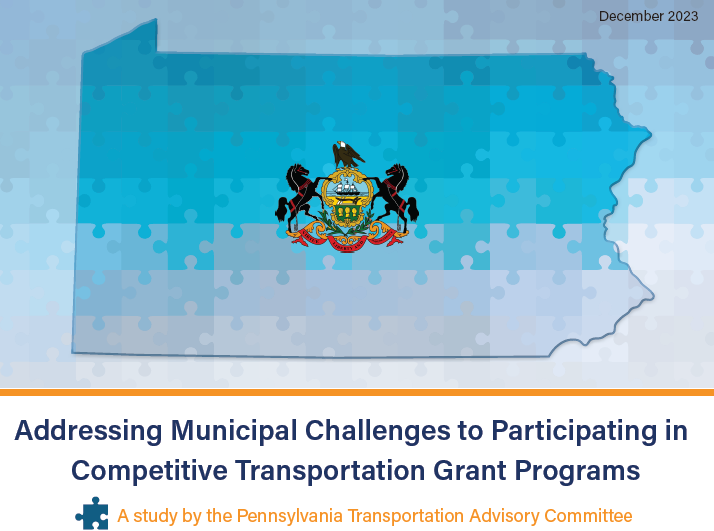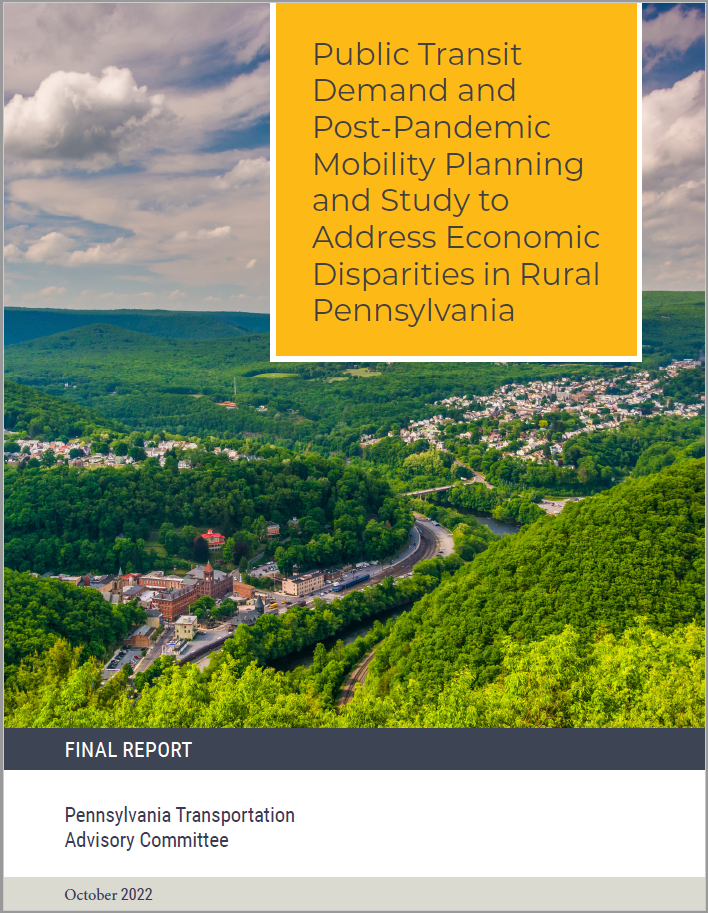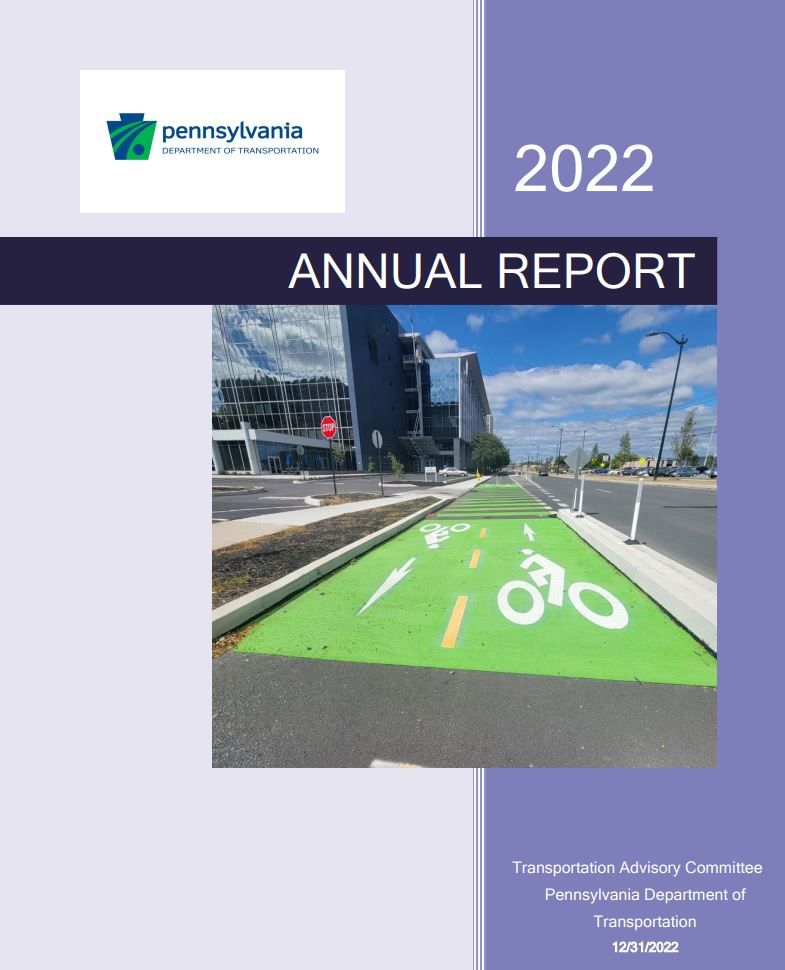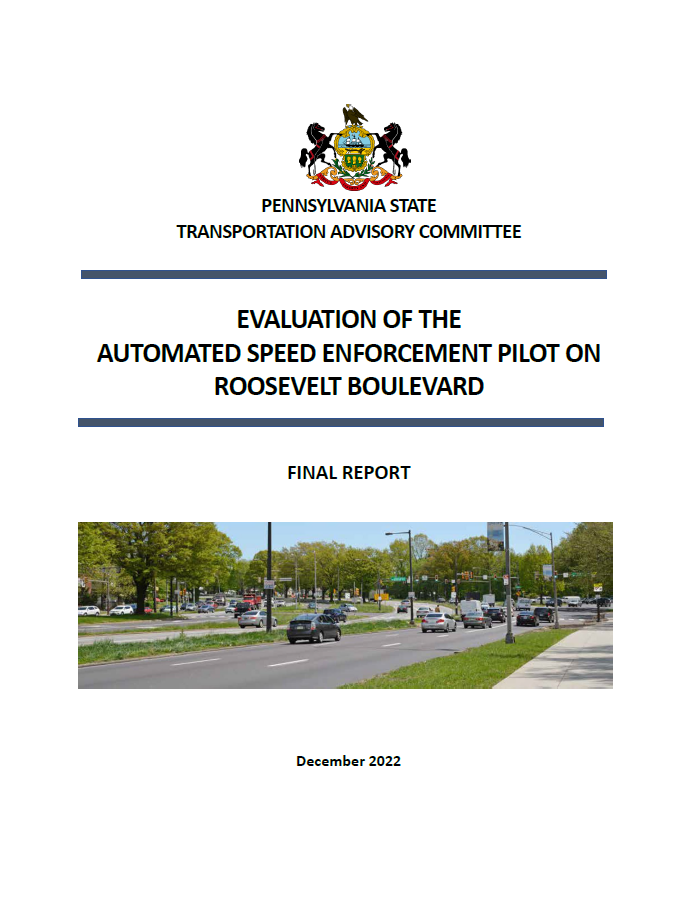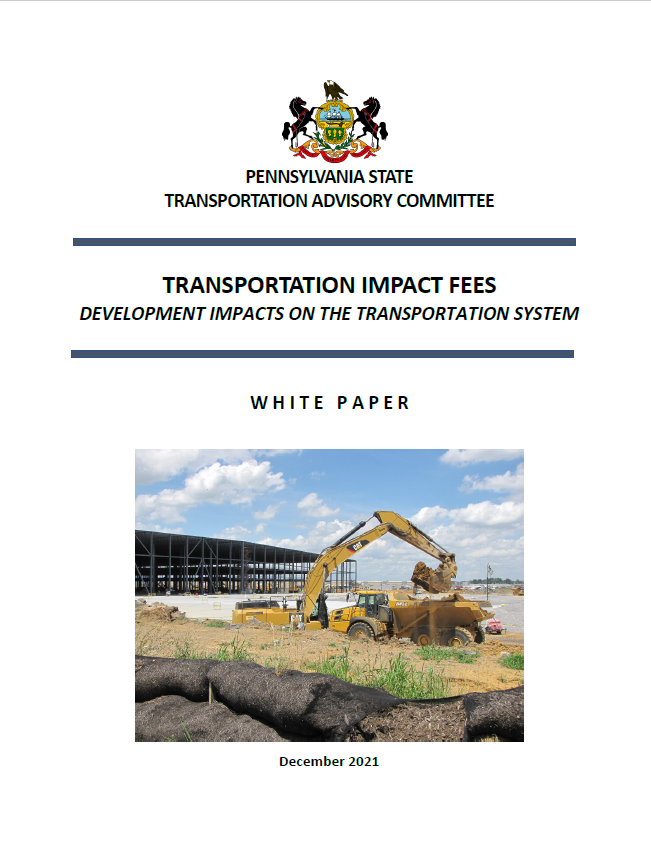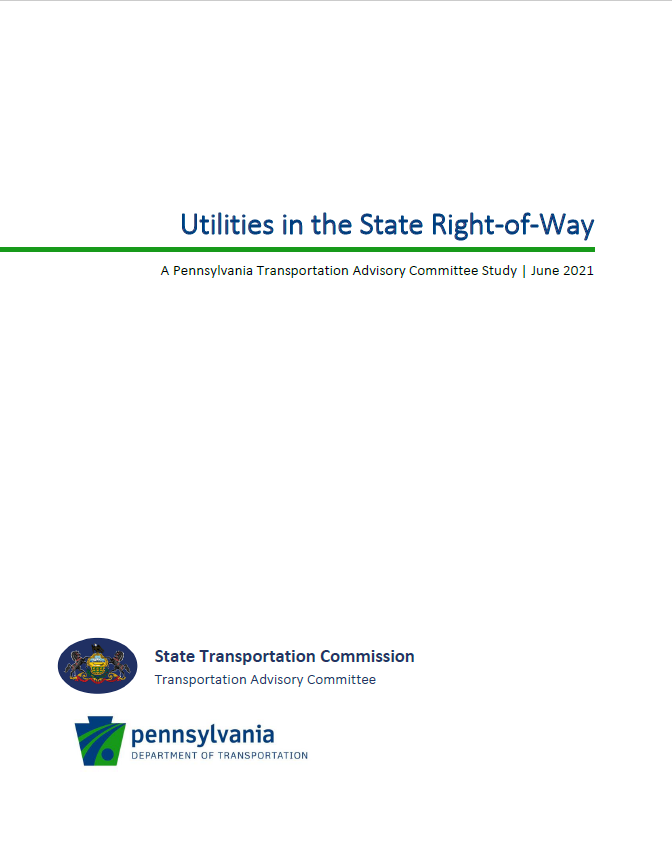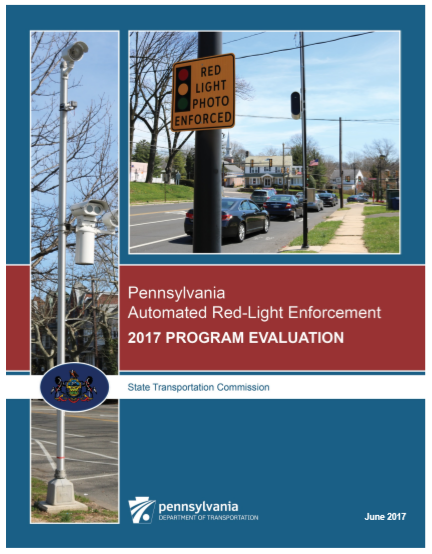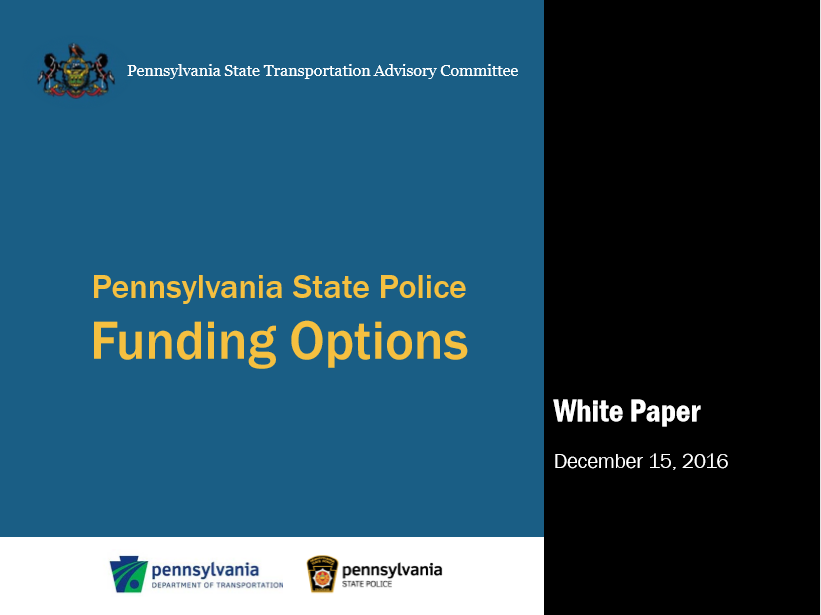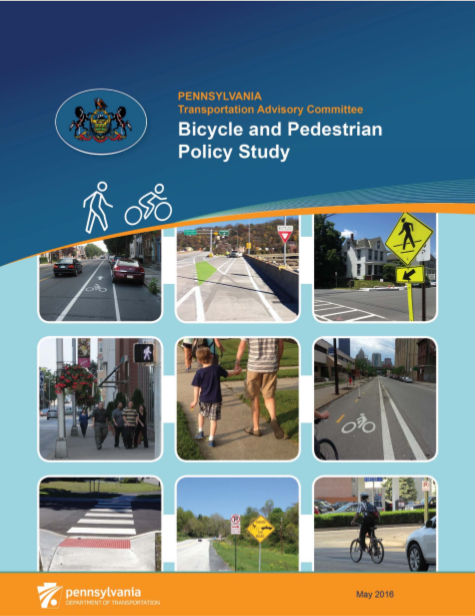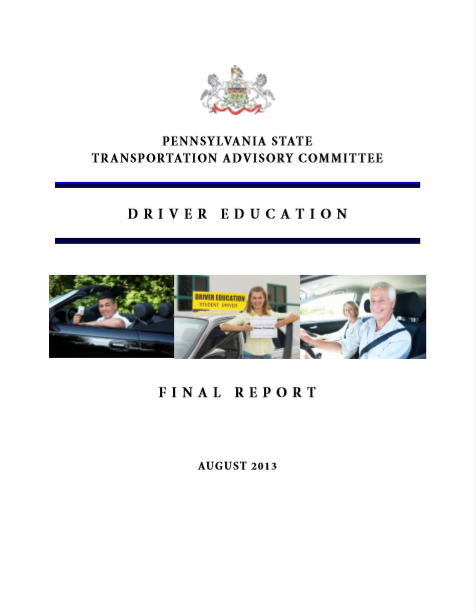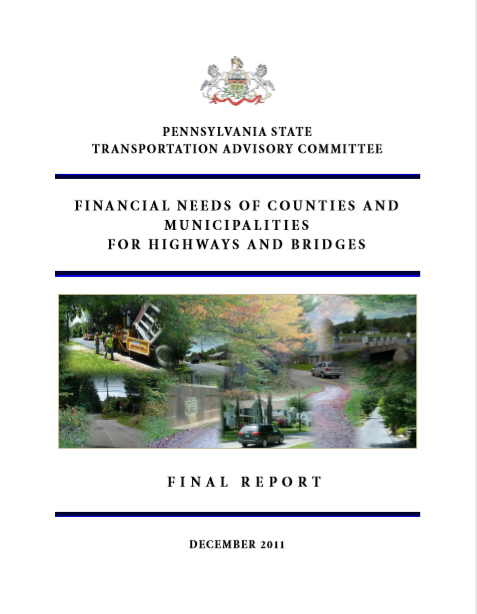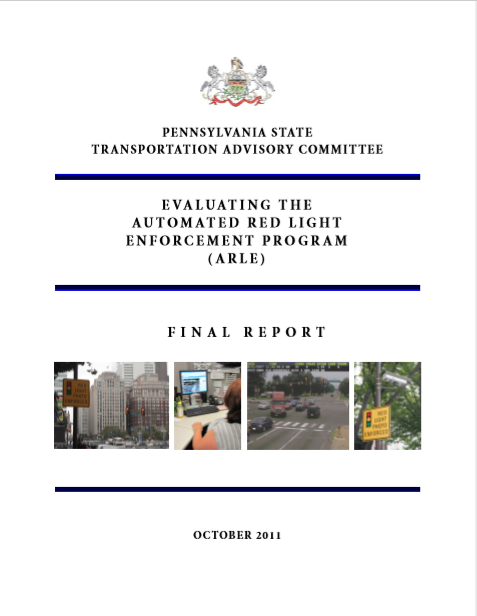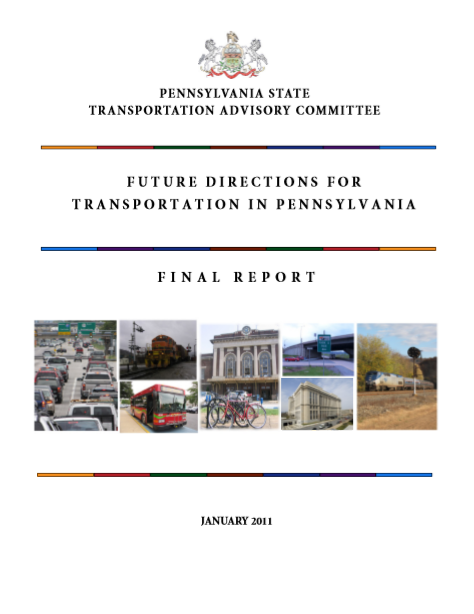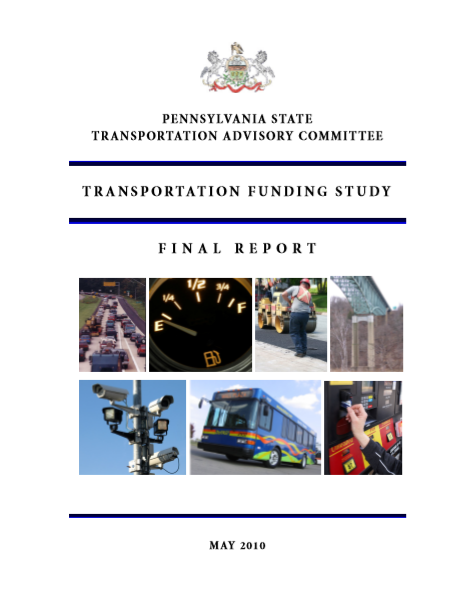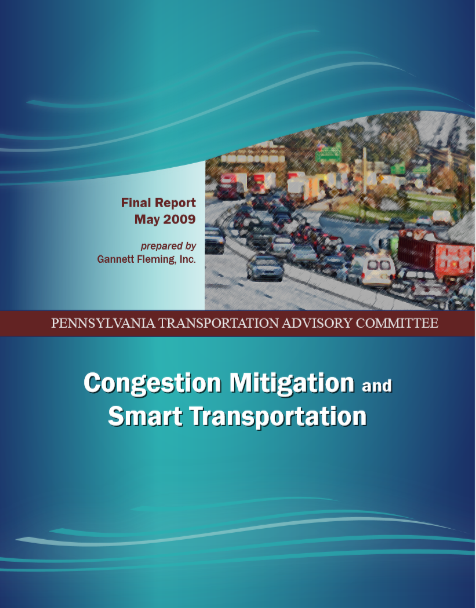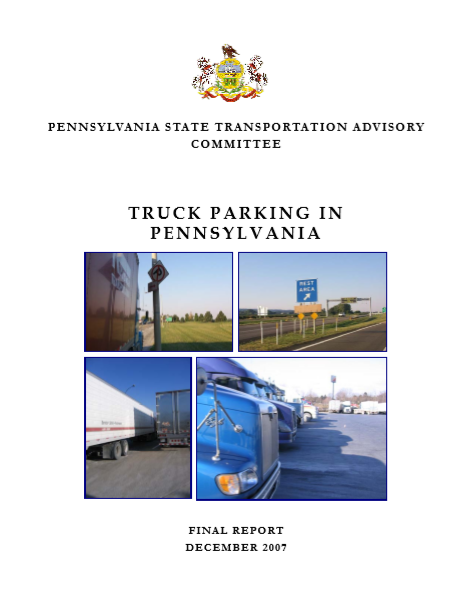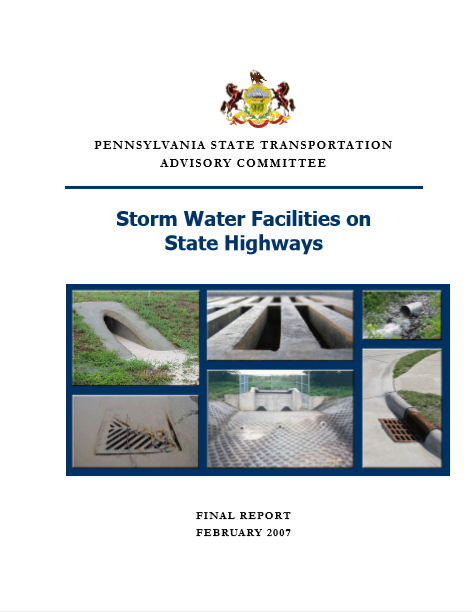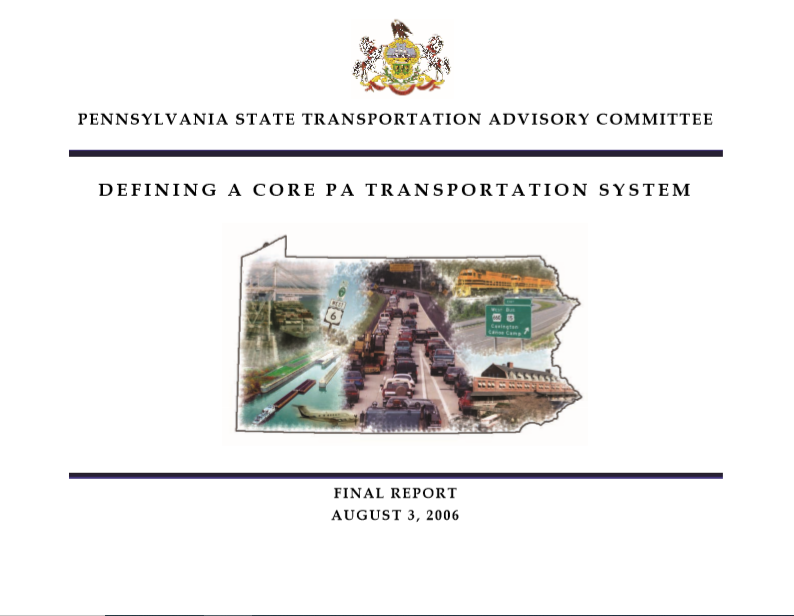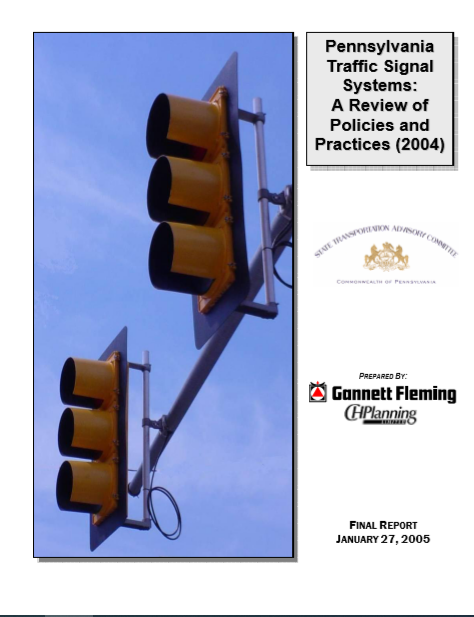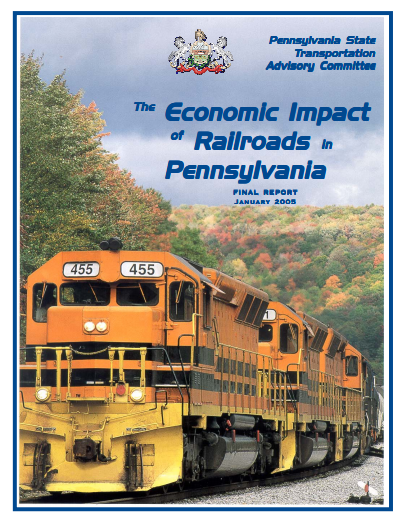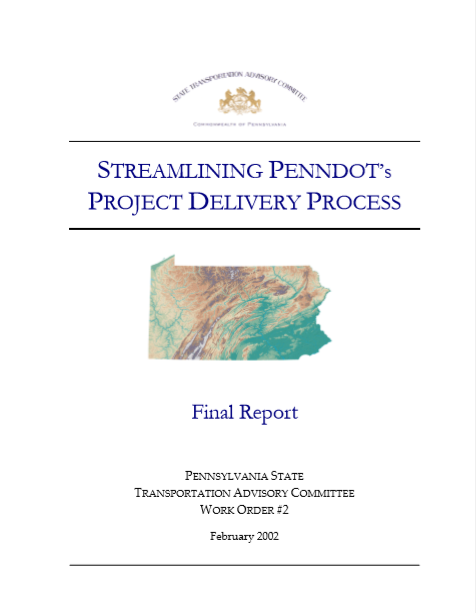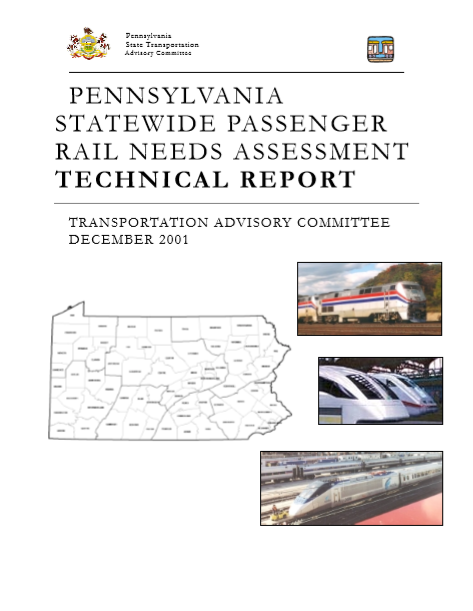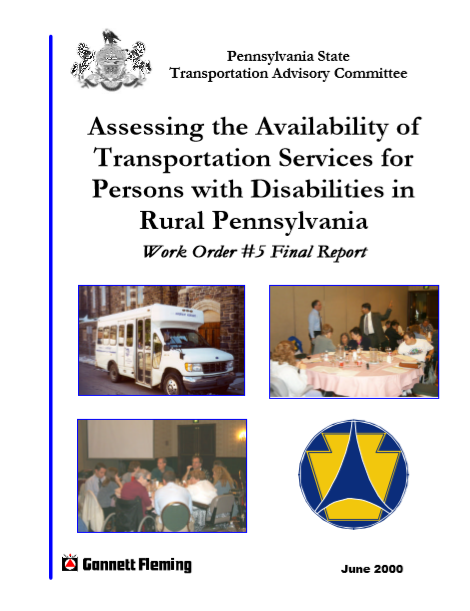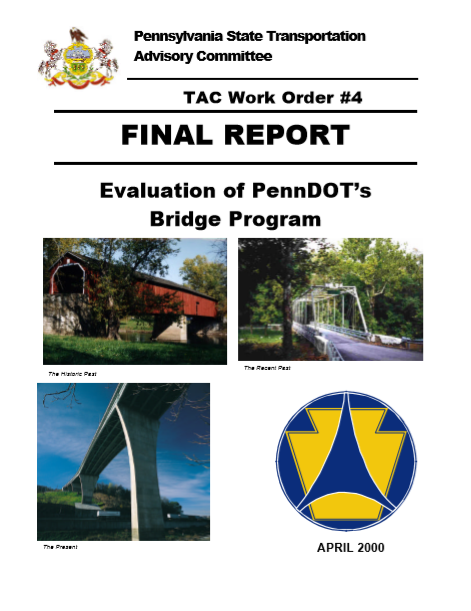Transportation and Land Use Implications of E-Commerce
Publication Date: February 26, 2025
Summary: Changes in how consumers obtain goods affect the transportation system—what type of traffic needs to be accommodated, where, and when, and what wear-and-tear that traffic causes. Changes may have safety implications as well. Similarly, the sustained trend of online ordering and home delivery of many goods that once involved a trip to downtown shops or a suburban mall shifts the demand for commercial real estate, and what type of development goes where (land use). Transportation and land use are closely interrelated and affect economic development and the quality of life in our communities; however, transportation and land use decisions are the responsibility of different entities. Much of the burden falls on local governments, which often lack the resources to guide e-commerce-related development in ways that maximize community benefits and minimize negative impacts, including traffic changes.
This TAC study aims to:
-Help PennDOT and its partners, including Pennsylvania’s metropolitan planning organizations and rural planning organizations (MPOs/RPOs), understand the trends, issues, and opportunities associated with e-commerce.
-Offer insight as to how PennDOT, its regional planning partners, and policymakers could adapt practices in light of shifts in transportation needs.
-Encourage state, regional, and local governments—along with the private sector—to collaborate to address transportation and land use challenges and opportunities amid ever-changing technology and trends.
Keywords: E-Commerce, transportation, retail, delivery, planning, impacts, land use, local government, technology, revenue, freight plan, zoning, package delivery, fulfillment center, brick-and-mortar
File Downloads:

